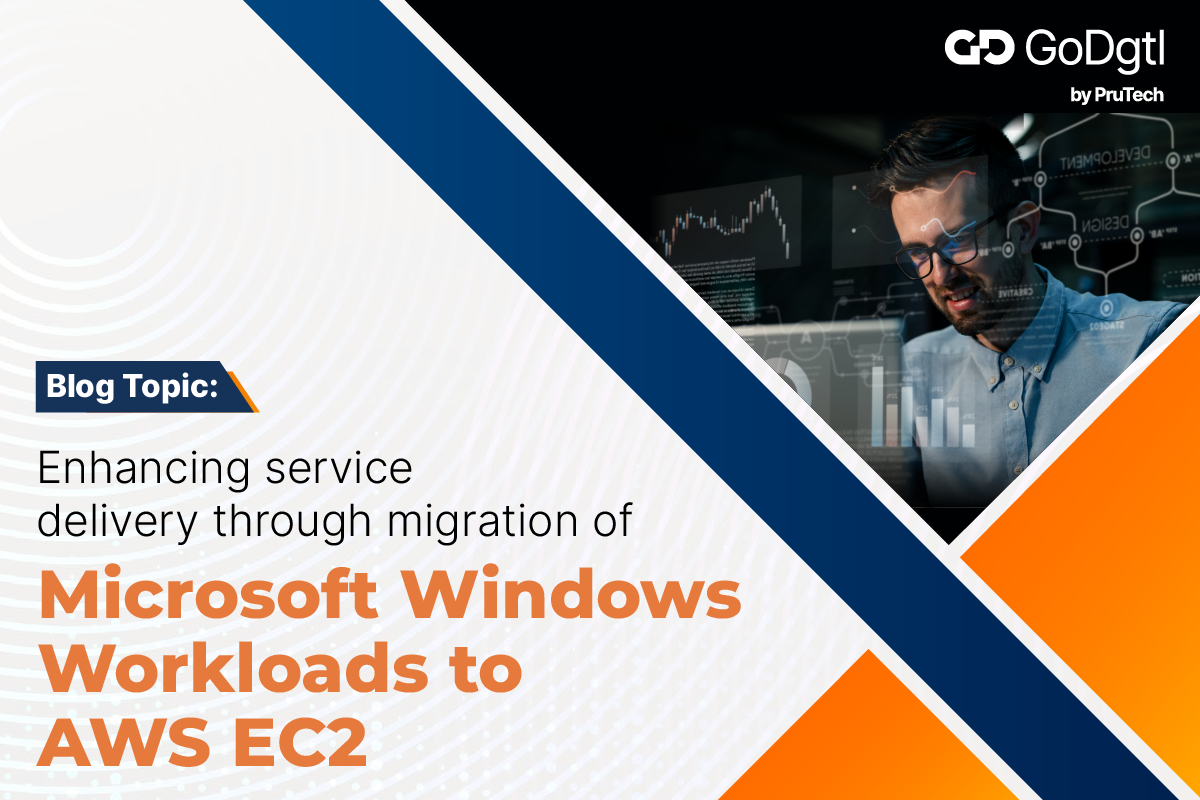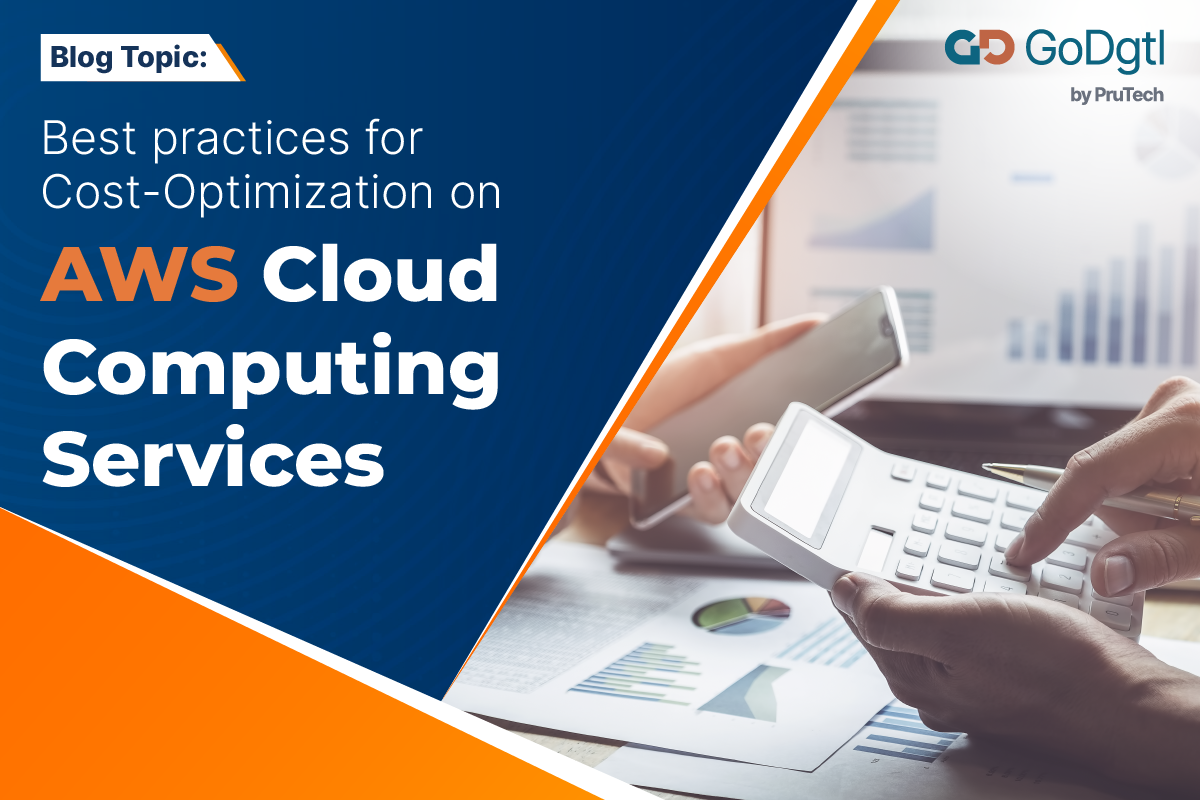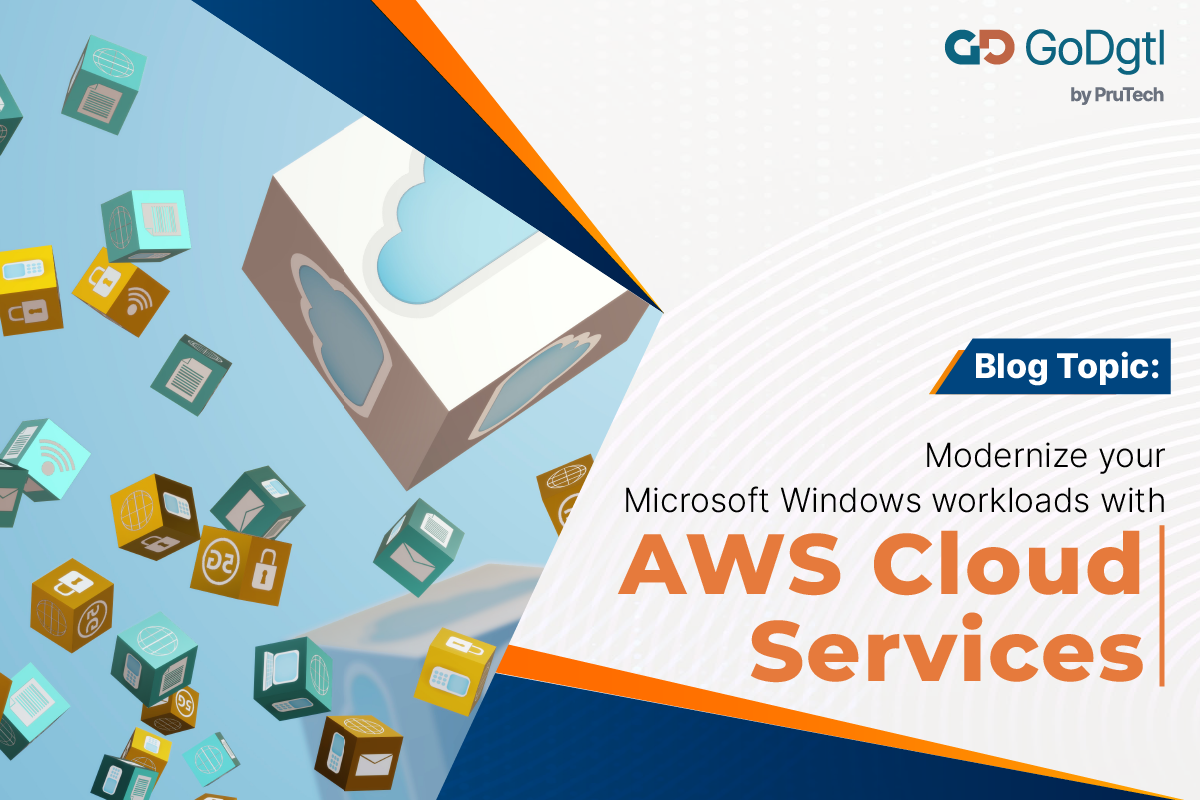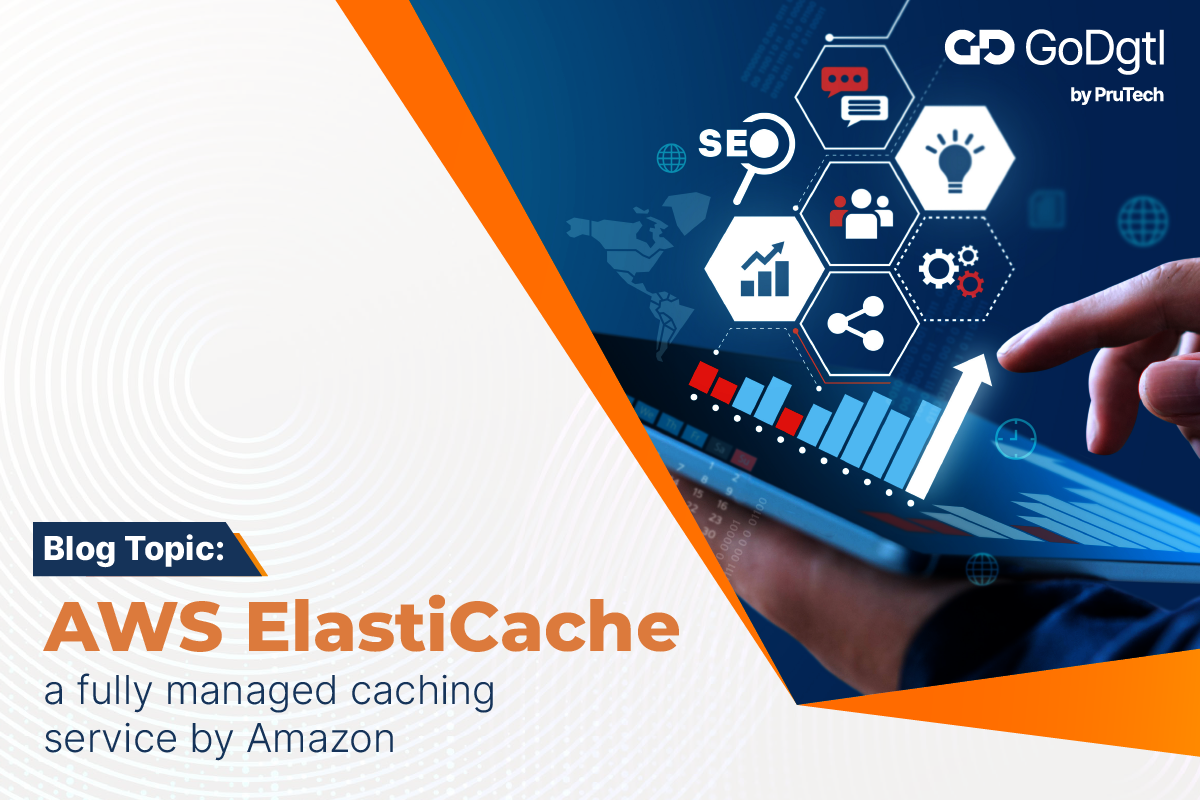AWS WAF is a managed service provided by Amazon Web Services that offers robust protection to web applications against common web exploits and vulnerabilities.
Implementing AWS WAF (Web Application Firewall) can be a highly effective measure to mitigate OWASP (Open Web Application Security Project) threats.
By deploying AWS WAF, businesses can safeguard their web applications from malicious attacks, including SQL injection, cross-site scripting (XSS), and other OWASP top 10 threats. This powerful tool provides real-time monitoring and filtering of incoming traffic, allowing for quick identification and blocking of suspicious activity.
Steps to implement AWS WAF to mitigate OWASP threats effectively
AWS WAF helps in protecting websites and web applications against common web exploits. It helps to mitigate risks impacting application availability, security, and meet regulatory compliance requirements.
By following a strategic approach AWS WAF can help mitigate OWASP threats effectively.
- Web Application Firewall: AWS WAF acts as a protective layer between your web application and the internet. It examines incoming web traffic and filters out malicious requests based on predefined rulesets. These rulesets can be customized to block specific types of attacks, such as SQL injection, cross-site scripting (XSS), and cross-site request forgery (CSRF), which are part of the OWASP Top Ten list.
- OWASP Core Rule Set: AWS WAF integrates with the OWASP Core Rule Set (CRS), which is a set of rules designed to protect web applications against OWASP vulnerabilities. The CRS includes rules for detecting and blocking common attack patterns and malicious payloads. By enabling the CRS in AWS WAF, you can leverage the collective knowledge of the security community to safeguard your application.
- Custom Rules: In addition to the OWASP CRS, you can create custom rules in AWS WAF to address specific application vulnerabilities or protect against emerging threats. This flexibility allows you to tailor the security measures to your specific application and business requirements.
- IP Reputation Lists: AWS WAF also allows you to block or allow traffic based on IP reputation lists. These lists include known sources of malicious traffic, such as botnets or known attackers. By leveraging IP reputation lists, you can proactively block potentially harmful traffic from reaching your application.
- Integration with Other AWS Services: AWS WAF seamlessly integrates with other AWS services, such as Amazon CloudFront, Application Load Balancer, and Amazon API Gateway. This integration enables you to deploy AWS WAF across your entire infrastructure, including CDN, load balancers, and serverless applications, providing comprehensive protection.
- Logging and Monitoring: AWS WAF provides detailed logs and metrics, which allow you to monitor and analyze web traffic patterns, identify potential threats, and take proactive measures to enhance security. You can integrate AWS WAF logs with services like Amazon CloudWatch or AWS Lambda to automate incident response and trigger alerts for suspicious activity.
Conclusion
By incorporating AWS WAF and utilizing its features, you can proficiently mitigate a broad spectrum of OWASP threats and elevate the security stance of your web applications. Nevertheless, it is crucial to acknowledge that although AWS WAF is a potent tool, it should be integrated into a comprehensive security strategy that encompasses secure coding practices, frequent vulnerability assessments, and other security measures to guarantee robust protection against OWASP threats.
Implementing AWS WAF is a smart investment for any organization seeking to enhance its web application security posture. With its advanced features and reliable performance, AWS WAF provides a comprehensive solution to mitigate OWASP threats and safeguard critical business assets.
GoDgtl by Prutech is an AWS Advanced Consulting Partner offering expertise AWS WAF services to organizations.
We offer a comprehensive solution to ensure the security of your vital business infrastructure through advanced AWS solutions.
Contact us today to learn more about our services and how we can help your business thrive in the cloud era. Contact 24/7 – GoDgtl (go-dgtl.in).









